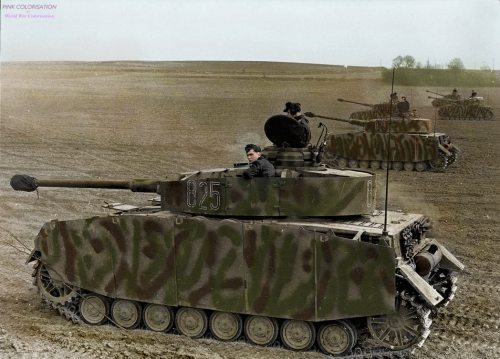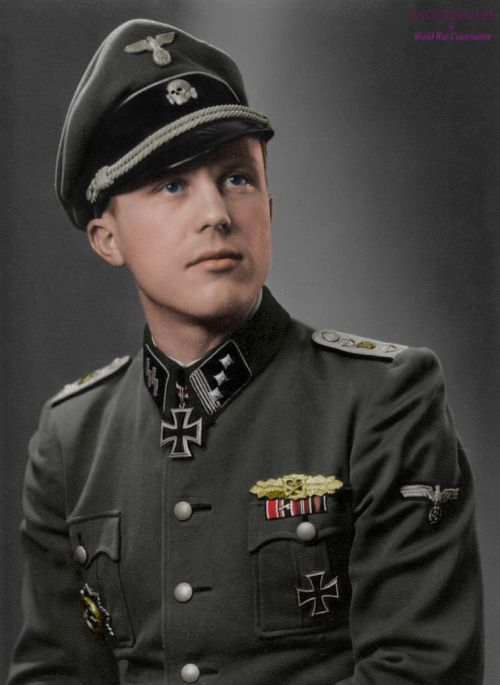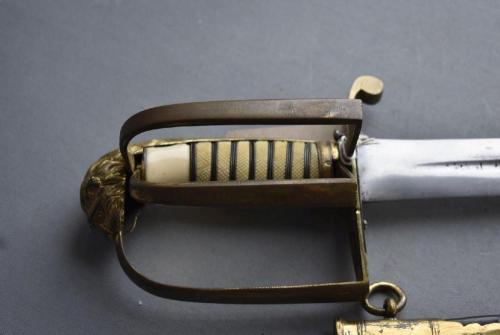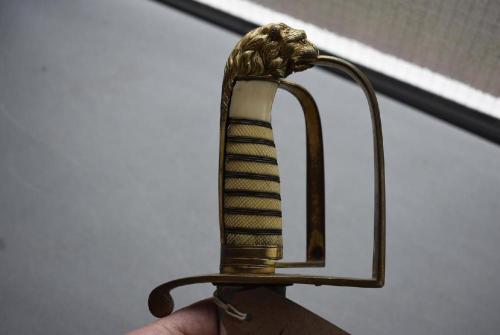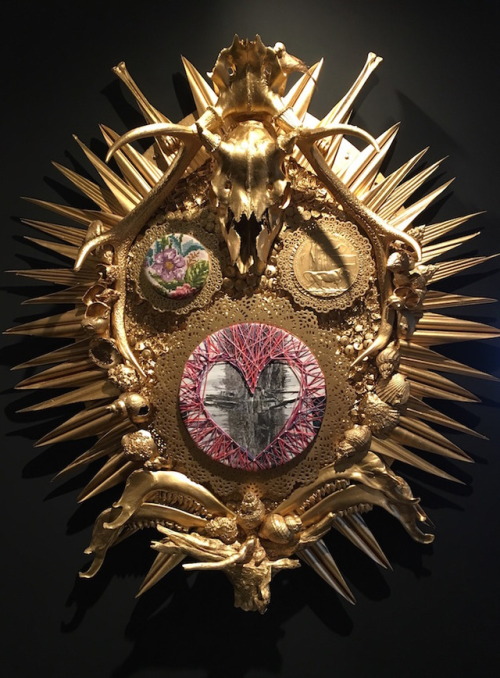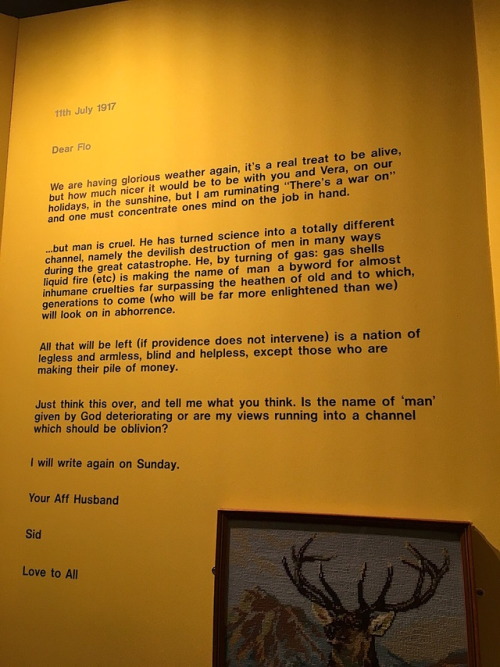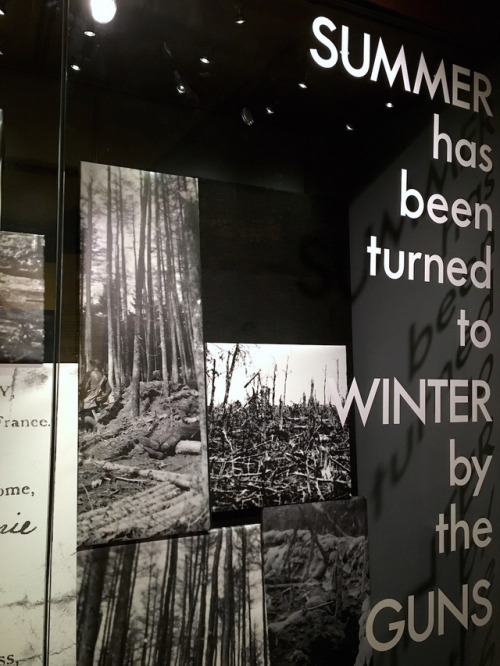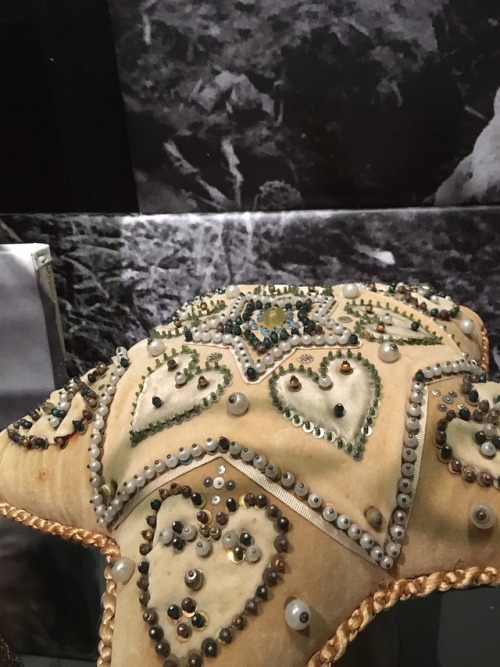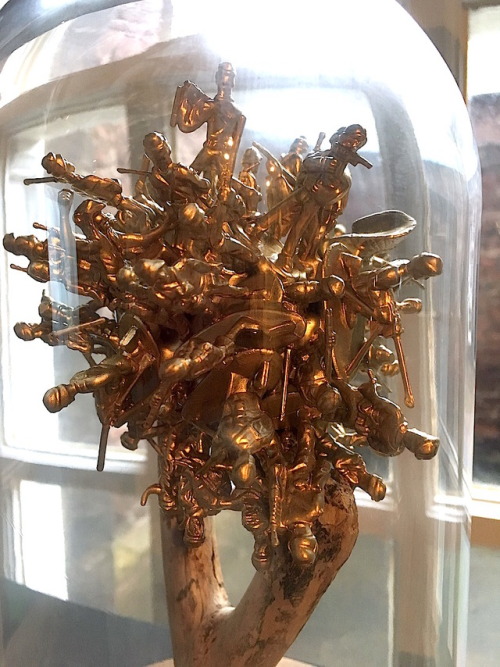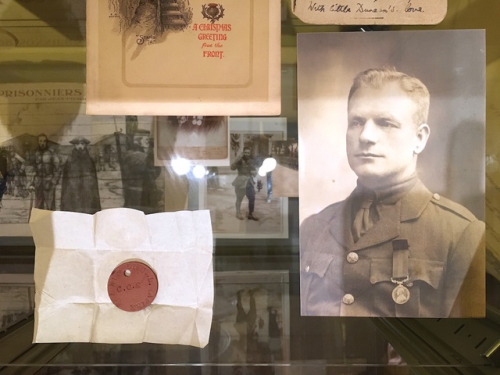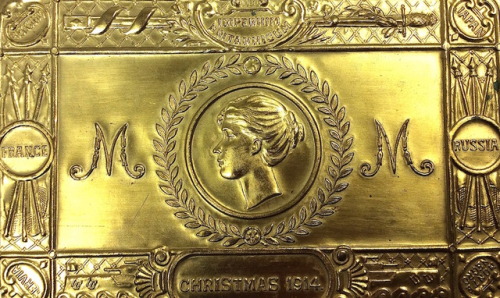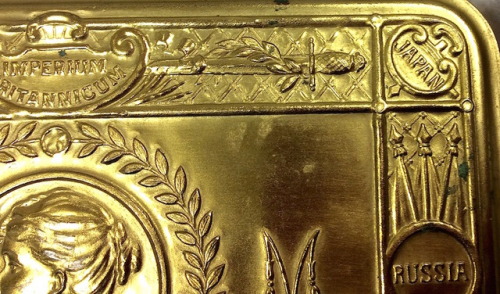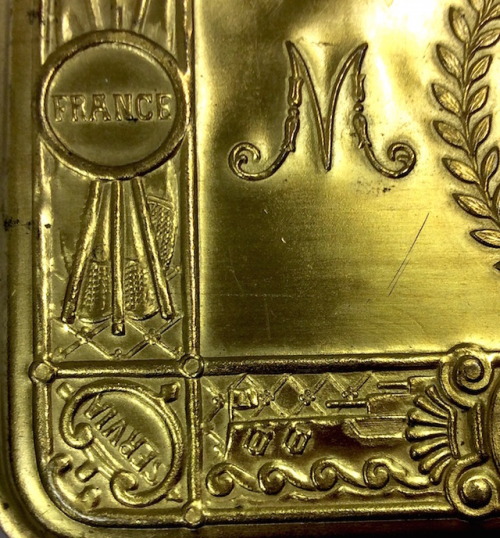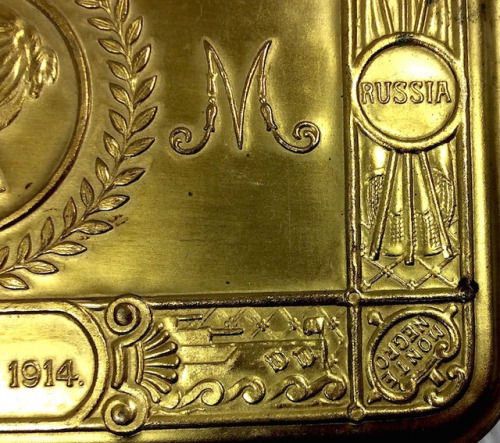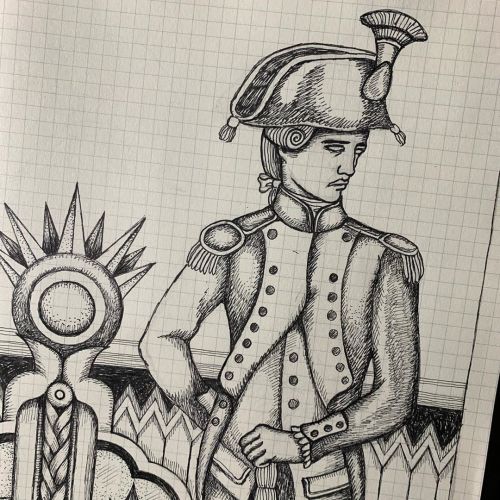#militaria
Panzer IV ausf H somewhere in France, 1944. I hope you like the colourisation, don’t forget to tell what you think about it and about the Panzer IV. Its always a pleasure to color for you.
————————
Panzer IV Ausf H quelques part en France, 1944. J'espère que vous aimerez la colorisation, n'oubliez pas de dire ce que vous en pensez et ce que vous pensez aussi du Panzer IV. C'est toujours un plaisir de coloriser pour vous.
Post link
Waldemar Erfurth General Der Infanterie shake hands to Kustaa Anders (Finnish Commander) beside his Mercedes Benz.
(4th August 1879 - 2th Mai 1971)
he was a liaison officer in the Finnish headquarters 1941-1944.
He wrote a book about the Murmansk railroad and a war journal from 1944. He died in Tübingen.
Hope you will love the colourised photo.
——————————-
Waldemar Erfurth General d'infanterie serrant la main à Kustaa Anders (Commandant Finlandais) à côté de sa Mercedes Benz.
(4 Aout 1879 - 2 Mai 1971)
il fut l'officier allemand de liaison au quartier-général finlandais de 1941 à 1944.
Il a écrit sur le chemin de fer de Mourmansk et a tenu un journal de guerre à partir de 1944. Il est mort à Tübingen.
J'espère que vous allez adorer la colorisation.
Post link
Portrait of a Panzer SS Obersturmführer. The last ribbon on his chest is a Slovakian Medal for Bravery. Shoulders cyphers unknow.
Enjoy the colourisation !
————————————-
Portait d'un Panzer SS Obersturmführer. Le dernier ruban sur sa poitrine est le ruban de la Médaille pour Bravoure Slovaque. Monogrammes d'épaules inconnues.
Appréciez la colorisation !
Post link
Gebirgsjäger Julius Alfred “Papa” Ringel during the World War II. The Gebirgsjäger are mountain troops the word “Jäger” mean “Hunter” on his cap there is the Edelweiss.
The edelweiss flower was the symbol of Wehrmacht and Waffen-SS Gebirgsjäger. It is still the symbol of the mountain brigade in the German army today.
The plant prefers rocky limestone places at about 1800–3000 m altitude.
——————————-
Gebirgsjäger Julius Alfred “Papa” Ringel durant la Seconde guerre mondiale. Gebirgsjäger est un corps d'infanterie aplin le mot “Jäger” signifie “chasseur” et sur sa casquette on aperçoit l'Edelweiss.
La fleur Edelweiss était le symbole des Gebirgsjäger de la Wehrmacht et la Waffen SS. A ce jour l'Edelweiss est toujours le symbole de l'infanterie alpine dans l'armée Allemande.
La plante pousse en moyenne entre 1 800 à 3 000 mètres d'altitude sur des pelouses rocailleuses, vires rocheuses…
Post link
Tired of war.. Two Gebirsjäger who survived during the Offensive of Nikopol.
(Nikopol Offensive : 30 January 1944 – 29 February 1944)
Post link
Portrait of the week :
Helmuth Schreiber
Helmuth Schreiber (25 March 1917 – 6 December 2008) was a Sturmbannführer, in the Waffen-SS during World War II who was awarded the Knight’s Cross of the Iron Cross, which was awarded to recognize extreme battlefield bravery or successful military leadership.
He was also one of only 631 members of the German Armed forces to be awarded the Close Combat Clasp in Gold.
————————————-
Portait de la semaine :
Helmuth Schreiber
Helmuth Schreiber (25 mars 1917 - 6 décembre 2008) était un Sturmbannführer, in the Waffen-SS durant la Deuxième Guerre mondiale, il a été décoré de la Croix de chevalier, qui était décerné en cas d'extrême bravoure au combat.
Il était aussi l'un des 631 officiers/soldats allemand à avoir reçu le badge de combat rapproché en or.
https://www.facebook.com/World-War-Colorisation-790508287736232/
Post link

Camo, oxford, and wrecked shell cordovan
L21A1 .50 Calibre Machine Gun – 1960s Illustrated Spares List
This week’s Armourer’s Bench video looks at another item from the TAB reference collection – an illustrated spare parts list for the L21A1. L21A1 is the British designation for the American Browning M2 .50 cal (12.7×99mm) machine gun. A past owner has written ‘Ranging’ on the cover, perhaps suggesting this booklet specifically covered the guns used by the UK’s Royal Armoured Corps in its Centurion and Chieftain tanks.


Bengal Lancer - 11th King Edward’s Own (Probyn’s Horse).
Pencils, markers, and gold ink. November 2020.

Gulf War SAS Trooper
Wallet made for @chucky_bayo
www.EnduringFreedomDesigns.com
#marine #marinecorps #marinewife #marinebrother #marinescorps #marines #marinehusband #marinedad #marinegirlfriend #marinemom #marinesister #marinehusbandandwife #marinegirlfriendlife #marinegirlfriends #marinewifey #marinewifelife #proudarmyaunt #proudnavybrat #proudarmygirlfriend #proudarmybrother #proudmarine #proudmarinewife #handmade #wallet #mensfashion #menswallet #militarywomen #militarydad #militarymom #militaria #militarylove #Military #militaryfashion #militarystyle #custommade #marpat #marpatwoodland
https://www.instagram.com/p/Bz74CS7lK6c/?igshid=ahne2rqk1l1v
Post link
Georgian officers sword with rotating guard or ‘attack hilt’
The rotating guard is an interesting but short lived attempt at solving an issue officers faced when carrying their swords.
As a symbol of authority and a sidearm, most swords spent the majority of their service life in their scabbards at the officer’s side. Even when on active duty, the majority of an army’s time is spent garrisoned or on the move rather than in actual combat. So officers were drawn to swords that were as un-intrusive as possible. But doing so the sacrificed performance, by taking a lighter blade or a less protective hilt.
More commonly seen on French sabres, the rotating guard hoped to solve the issue of hand protection by having the side bars swivel out when in use and rotate forward so when not, so that it had a flatter, less obtrusive profile when sheathed.
In French service this style of hilt only lasted from 1784 to 1798 and presumably for a similar time in British service. In part because this is around the time that nations began introducing their own standard patterns or models and also because the design introduces an inherent weakness in the guard reducing its’ effectiveness.
The idea did however persist into the early 19th Century with the Austrian army who even used it in one of their standard models.
Images are sourced from Antony Cribb Auctions.




Post link
Artist in Residence Exhibition
‘Summer Has Been Turned To Winter By The Guns’ (2017)
at
The Highlanders’ Museum (Queen’s Own Highlanders Collection)
8th October 2017 – 18th March 2018
“It has been a real experience for staff, volunteers, visitors and local schoolchildren to work with our Artist in Residence on this project – seeing our World War One archive through fresh and creative eyes. Robyn Woolston’s exhibition is stunning, thought-provoking and presents a personal response to ‘The Great War’ from the artist and the children and adults who contributed to the project.”
Education Officer, Gill Bird
Project Blog: https://highlandersmuseumww1.tumblr.com
Location:
Fort George is a ‘registered Ancient Monument’ and for over 235 years has been a military garrison and training depot for a Regular Infantry Battalion of the British Army. It is currently home to the 3rd Battalion The Royal Regiment of Scotland.
Set in what was formerly the Lieutenant Governor’s house, the Highlanders’ Museum was founded over 60 years ago. The museum houses more than 5,000 gallantry awards and campaign medals won by the fighting men of the regiment as well as silver and personal artefacts. It also contains a set of Colours carried at the Battle of Waterloo and King Edward VIII’s regimental uniform.
Opening Times: 10.00am - 3.15pm / closed at weekends Dec & Jan
Admission to the Highlanders’ Museum (Queen’s Own Highlanders Collection) is FREE but you must pay an admission charge to visit Fort George. Adult - £9.00 Concession - £7.20 Child aged 5–15 - £5.40 Under 5 - FREE
Exhibition Fabrication: G & T Project Management
Post link
Highlanders’ Museum (Queen’s Own Highlanders Collection) / The Princess Mary 1914 Christmas Gift
The design depicts the head of Princess Mary in the centre, a laurel wreath surrounds her and she is flanked by the ‘M’ monogram. A decorative cartouche contains the words “Imperium Britannicum” at the top with a sword, bayonet and scabbard (for the Army) either side. On the lower edge, another cartouche contains the words “Christmas 1914”, which is flanked by the bows of two Dreadnnoughts (for the Royal Navy) forging through deep seas.
The corners display the names of the Allies: Belgium, Japan, Montenegro and Servia; France and Russia at the edges, each superimposed on their furled flags or standards.
The Princess Mary’s Christmas Gift Fund was launched on October 14th 1914, with subsequent advertisements placed in the national press inviting monetary contributions to a “Sailors and Soldiers Christmas Fund”. Created by the 17 year old Princess Mary, daughter of King George V and Queen Mary, its purpose was to provide everyone on Active Service on Christmas Day with a “gift from the nation”.
Her public letter released by Buckingham Palace read:
“I have delayed making known a wish that has long been in my heart for fear of encroaching on other funds, the claims of which have been more urgent. I want you now to help me to send a Christmas present from the whole nation to every sailor afloat and every soldier at the Front. On Christmas Eve when, like the shepherds of old, they keep their watch, doubtless their thoughts will turn to home…I am sure that we should all be the happier to feel that we had helped to send our little token of love and sympathy…something that would be useful and of permanent value and the making of which may be the means of employment in trades adversely affected by the war”.
Every box contained a Christmas card and a picture of the Princess. Huge demands were made upon the already stretched postal service at the time yet more than 355,000 were delivered by the yuletide deadline. New Year deliveries contained a card that wished a ‘victorious new year’.
Parents of soldiers killed were entitled to boxes alongside nurses and the wounded. Prisoners of war at the time had theirs reserved until they were repatriated.
A shortage of brass also effected dispatch times and lead to many entitled personnel not receiving their gift until as late as the summer of 1916, and by January 1919 considerable numbers had still not been distributed.
When the fund finally closed almost £200,000 had been donated with more than two and a half million boxes with contents delivered by 1920.
There are a number of gift boxes held within the archive at the museum.
To find out more: http://www.iwm.org.uk/history/first-world-war-princess-mary-gift-box
Post link
#drawing in my favorite #artjournal of an 18th c #frenchmilitary officer #sketch_book #militaria #kimseltzer♥️♠️♦️♣️
https://www.instagram.com/p/B898PpdhQq4/?igshid=2koifuz4u0bp
Post link
#drawing in my favorite #artjournal of an 18th c #frenchmilitary officer #sketch_book #militaria #kimseltzer♥️♠️♦️♣️ (at Portland, Oregon)
https://www.instagram.com/p/B898MNjhKmd/?igshid=16vyv5v0jgu0y
Post link
The upcoming exhibition of works from my residency at The Highlanders’ Museum (Queen’s Own Highlanders Collection) at Fort George, Scotland, has been extended into 2018.
It will now run from October 2017 - March 2018
Watch this space for further updates or follow the project blog for research posts as the story develops:
https://highlandersmuseumww1.tumblr.com
Museum website: http://www.thehighlandersmuseum.com
Location: Fort George, Ardersier, Inverness IV2 7TD, Scotland
Phone Number: +44 131 310 8701
Photo credit: My research photographs show a newspaper from the archive at Fort George. ‘Prisoners of War’ by Jean Pierre Laurens is a testimony on the German occupation during the 1st World War.
It can be found within the Seaforths documentation (No’s 80 - 133 + 84 - 101)



